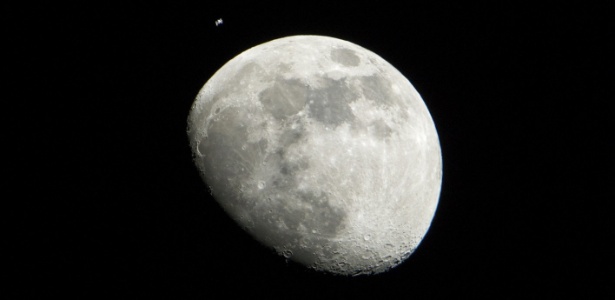In April, the White House reinforced this goal. The government issued a memorandum formalizing the search for a “time scale” to measure time on the Moon, which it considered essential for exploration. Ideas must be submitted by December 31 of this year and implemented by 2026, when the mission will take astronauts to the moon.
“The approach to establishing time standards consists of defining, developing and implementing a distinct reference time for each celestial body and its surrounding space environment,” the document explains.
The proposal must meet criteria such as: high accuracy, “resilience” when contact with Earth is lost, and the possibility of being replicated on other celestial bodies.
“We're thinking about implementing this on the Moon, and learning what we can to be ready to do the same thing on Mars or other future bodies.” He told CNN Researcher Cheryl Gramling, NASA's chief navigation systems engineer.
The project is in cooperation with foreign research centers and was named LunaNet.
Taking watches to the moon
Even on Earth, time passes differently depending on place, such as on mountaintops and on the shores of oceans. This difference has been observed in the past through atomic clocks, which rely on the movement of atoms.
